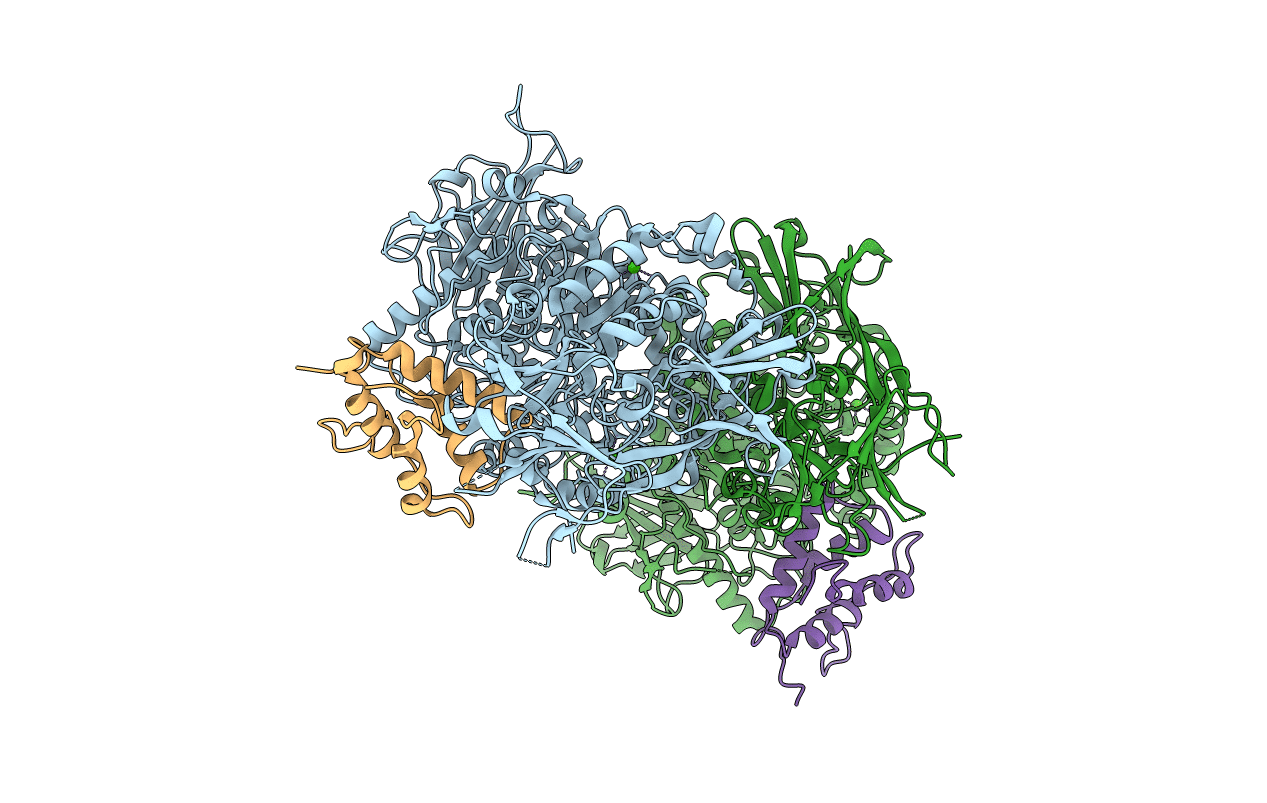
Deposition Date
2014-03-31
Release Date
2015-04-01
Last Version Date
2024-11-06
Entry Detail
PDB ID:
4CVW
Keywords:
Title:
Structure of the barley limit dextrinase-limit dextrinase inhibitor complex
Biological Source:
Source Organism:
HORDEUM VULGARE (Taxon ID: 4513)
Host Organism:
Method Details:
Experimental Method:
Resolution:
2.67 Å
R-Value Free:
0.29
R-Value Work:
0.25
R-Value Observed:
0.25
Space Group:
C 2 2 21


